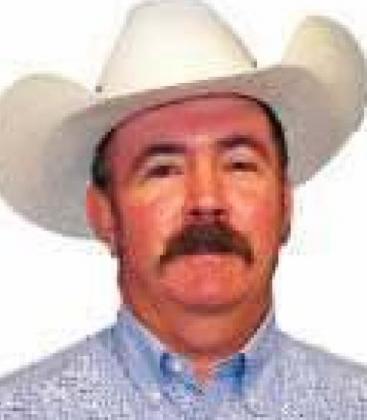Mesquite Spray Timing Research
Several county agents along with the help of Weed and Brush Extension Specialist James Jackson conducted a multiple year intensive research study.
The study was setup to determine the efficiency of Sendero Herbicide on mesquite when applied at different phenology stages throughout the growing season. A sample of Mesquite trees were treated every two weeks starting in May through November at sites in Hamilton and Jack County in 2016, Hood and Eastland County in 2017, and Hamilton and Comanche in 2018.
Mesquite trees were individually sprayed via ground broadcast with an ATV equipped with an evaluated spray boom to simulate aerial application.
On each application date the condition of the trees was recorded as well as environmental conditions on that application date.
Each treated tree was tagged with an ID number to allow reference to be made as to what condition the trees were in at the time of application.
An evaluation was conducted at the end of the season to determine percent defoliation and percent mortality. Trials were evaluated for two years after treatment. The Comanche site consisted of very rank cut-over multi-stem plants that are very tough to control.
For many years we have used old research to determine the proper timing for spraying mesquites. This research suggested to only spray after the soil temperatures have reached at least 75 degrees Fahrenheit.
Unfortunately, many years once our soil temperatures hit 75, we are in low rainfall conditions, which stress the plants. From this current research it appears leaf condition and drought stress were more important than soil temperature. The graph would not really work in this article, but here is some interesting data from various Comanche County treatment dates.
Early 2018 treatments before the soil temperature reached 75 degrees were the most effective. Treatments on April 27th had 90% mortality at 1 and 2 years after treatment. Treatments on May 14th were the most effective with near 100% mortality at 2 years after treatment. The least effective treatment times were June through August when we were in a very dry spell. Effectiveness picked up again on the September 27th treatment after we had some rainfall to near 90% mortality after 2 years.
Unfortunately, I do not think Corteva is going to change their warranty program to meet these new criteria, so if you have to spray a lot of acreage with a helicopter then I recommend you still follow their required protocol. However, if you are spraying smaller plants with your own equipment or doing individual foliar plant treatments, then I do recommend you pay more attention to leaf condition and soil moisture than soil temperature.
Along with this research, I also conducted dormant season stem spray using a generic Triclopyr product and diesel at a rate of 25% Triclopyr and 75% diesel. This was sprayed in January while the plants were dormant using a backpack sprayer and the protocol outlined in Texas A&M Brush Buster stem spray method. Most of the mesquite sprayed had 2” to 4” diameter trunks with multi-stems above the trunk, in other words, hard to kill mesquites. However, using the basal treat method I did get 100% kill. Since it was for this research, I did take my time and make sure I did not miss any stems and that I got adequate spray around the whole trunk.
If you have questions about this research or would like more information about mesquite control, give us a call at 325-356-2539.

